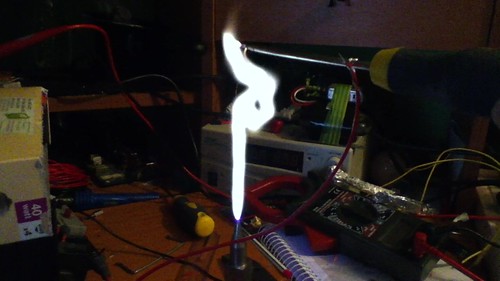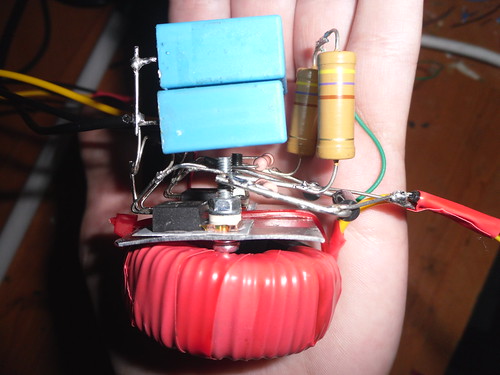- Joined
- Jun 22, 2011
- Messages
- 2,431
- Points
- 83
Found this post and the most common advice is to put a 10 W 10 Ohm resistor between +5V and GND.
I've found a tutorial saying PSUs made after 2003 should instead be hooked with a 22 Ohm resistor on the +12V line instead.
I'm also starting to suspect the wires may be too thin. I used 20AWG wire to hook it up.. Do I need to replace it?
Edit: Le Quack posted before I finished editing, ignore this
I've found a tutorial saying PSUs made after 2003 should instead be hooked with a 22 Ohm resistor on the +12V line instead.
I'm also starting to suspect the wires may be too thin. I used 20AWG wire to hook it up.. Do I need to replace it?
Edit: Le Quack posted before I finished editing, ignore this
Last edited:










